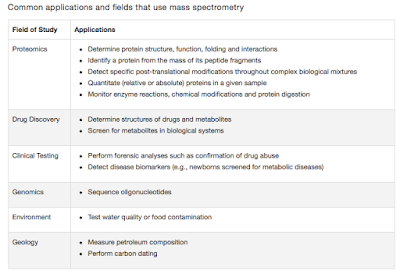Nobel Awards- 2017
 Nobel Prize is considered as the most prestigious award for research accademics. The recipients of the award are chosen by the Nobel foundation constituted by Nobel committee of Royal Swedish Academy of Sciences, Nobel committee of Karolinska Institutet and Norwegian Nobel Committee. The award consists of a citation, gold medal and money. More than the award amount, the fame is considered as far superior.
Nobel Prize is considered as the most prestigious award for research accademics. The recipients of the award are chosen by the Nobel foundation constituted by Nobel committee of Royal Swedish Academy of Sciences, Nobel committee of Karolinska Institutet and Norwegian Nobel Committee. The award consists of a citation, gold medal and money. More than the award amount, the fame is considered as far superior.
1. Physiology / Medicine:
 |
| Photo 1: Michael Rosbash (left), Jeffrey Hall (centre) and Michael Young (right). Source |
The award goes to three scientists- Jeffrey Hall and Michael Rosbash (from Brandeis University Waltham, Massachusetts) and Michael Young (Rockefeller University) for their studies on circadian clocks. Circardian rhythm in simplest terms is a endogenous, entrainable biological system which oscillates over a period of cycling time aproximately 24hrs. It is widely seen across species from cyanobacteria to humans. The field of study called as "Chronobiology" has been shown to have important affects including human health. The functioning of circardain rhythm has been shown to be strongly affected in conditions such as sleep disorders and several mental health disorders such as Schizophrneia.
2. Physics:
 |
| Photo 2: Rainer Weiss (left), Barry Barish (centre), and Kip Thorne (right). Source |
This award has been announced to three scientists- Rainer Weiss (Massachusetts Institute of Technology, Cambridge), Barry Barish and Kip Thorne (California Institute of Technology, Pasadena) for their work on detection of gravitational waves at Laser Interferometer Gravitational Wave Observatory (LIGO). Gravitational waves are ripples in the curvature of space-time that are generated in certain gravitational interactions and propagate as waves outward from their source at the speed of light. This phenomenon was predicted in 1916 by Albert Einstein on the basis of his theory of general relativity. Basically, when 2 massive objects such as black holes collide with each other they distort the space time around which travels through space. The pattern of this wave helps understand several astrophysical phenomenon.
3. Chemistry:
 |
| Photo 3: Jacques Dubochet (left), Joachim Frank (centre) and Richard Henderson (right). Source |
The award has been given to Richard Henderson (MRC Laboratory of Molecular Biology, Cambridge) Joachim Frank (Colombia university), and Jacques Dubochet (University of Lausanne, Switzerland) helped to develop cryo electron microscopy. Cryo-electron microscopy or famously referred to as cryo-EM is a type of electron microscopy where the sample is studied at highly frozen temperatures. Cryogenic processing gets around the problem of treating the cells or molecules with several reagents, instead it could be seen in its native form. Cryo EM is now commonly used to study structure of viruses and there are extended 3D versions of the technique. Cryo EM- method is also slowly replacing X ray crytsallography method to study biomolecule structure.
Apart from the above Nobel Prize in Literature, Nobel Peace Prize and Sveriges Riksbank Prize in Economic Sciences in Memory of Alfred Nobel are given, for which the winners are yet to be announced as of at the time of writing this post.





Comments
Post a Comment